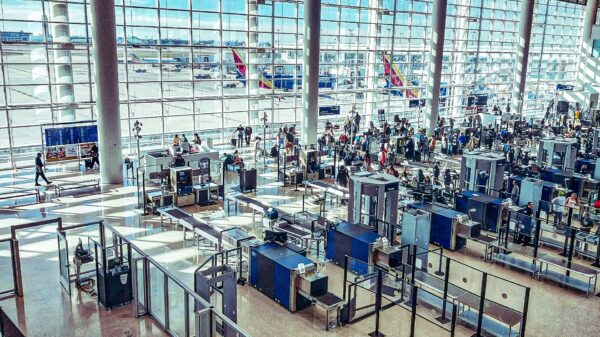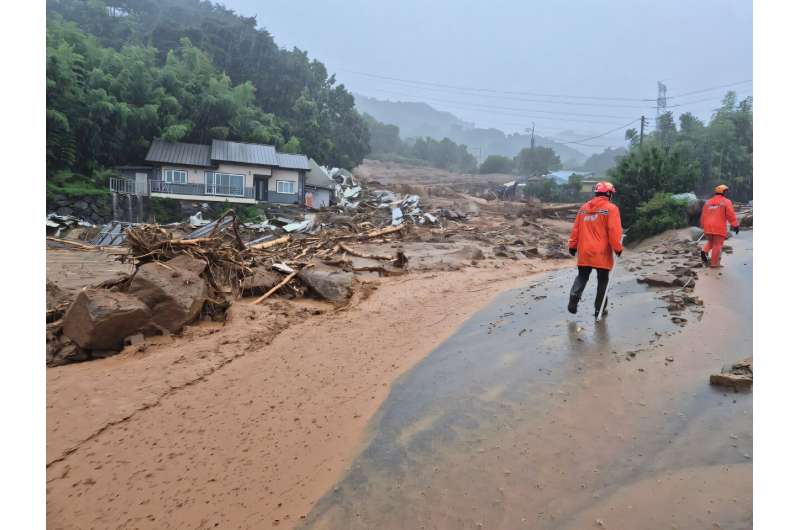Heavy rainstorms have resulted in at least 17 fatalities in South Korea over recent days, with another 11 individuals reported missing. The severe weather has impacted southern regions particularly hard, as government data confirmed on July 20, 2025.
This year’s monsoon season has proven to be exceptionally intense. Official reports indicate that some areas experienced unprecedented levels of rainfall, prompting warnings from meteorological authorities. In Gapyeong County, located in Gyeonggi Province east of Seoul, approximately 170 millimeters (6.7 inches) of rain fell early Sunday, leading to at least two deaths and five individuals still unaccounted for.
The casualties have continued to rise as rescue teams recover bodies of those swept away by landslides. Tragically, a woman in her 70s lost her life when her home collapsed, while a man in his 40s was found drowned near a bridge, as reported by the Yonhap News Agency. As of Sunday evening, the total number of deaths linked to the five-day deluge reached at least 17, while 11 individuals remain missing, according to data from the country’s interior ministry.
Impact of the Deluge in Southern Regions
The hardest-hit area has been the southern county of Sancheong, where nearly 800 millimeters of rain has fallen since Wednesday. The rural county, home to approximately 33,000 residents, has now recorded 10 fatalities, with four people still unaccounted for following the catastrophic weather events.
The situation has drawn attention to the increasing frequency and severity of extreme weather patterns, which scientists attribute to climate change. In 2022, South Korea experienced similarly devastating floods that resulted in the deaths of at least 11 individuals, including three who tragically perished in a basement apartment in Seoul during the torrential rains. These basement dwellings gained international notoriety due to their portrayal in the Oscar-winning film Parasite.
As the nation grapples with the aftermath of this disaster, officials have reiterated the necessity for improved infrastructure and emergency preparedness to mitigate the effects of such extreme weather in the future. The ongoing challenges posed by climate change continue to raise concerns about the vulnerability of communities to natural disasters, highlighting the urgent need for comprehensive strategies to address these growing threats.





































































